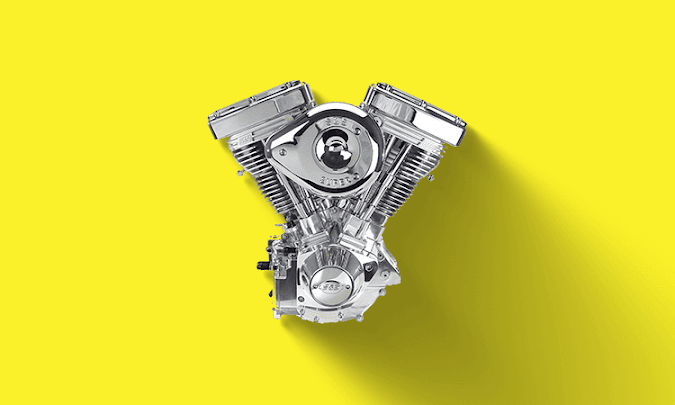What Is Preignition - Causes and Disadvantages of Preignition
What is preignition?
Preignition is a phenomenon in the IC engine in which homogeneous fuel charge burned before the normal ignition starts (or in the absence of spark). The preignition is initiated by the overheated projecting parts such as spark plug, exhaust valve head, carbonaceous deposits and hot spot in the combustion chamber. The autoignition (or knocking) may overheat spark plug, valve head and it remains so hot that it may ignite the fuel charge in compression stroke of the next cycle.Carbon deposit in combustion chamber is the most common cause for the preignition. This carbon particle retains the heat from previous combustion stroke. Eventually, it retains the temperature high enough to ignite the fuel charge during compression stroke (before actual combustion stroke start). Following figure shows the PV diagram for combustion with preignition.
In the compression-ignition engine, only air compressed in compression stroke. Fuel is injected just before the completion of compression at the top dead centre (TDC). So preignition is rare in compression ignition engine.
Causes of preignition
- Glowing carbon deposit on exhaust valves, and hot spot in the combustion chamber
- Sharp edges in the combustion chamber and metallic bur on unfinished parts
- Improperly seated valves
- Hotter engine due to insufficient cooling
- Lean air-fuel mixture, the excessive oxygen level in combustion chamber
- Insufficient engine oil
- Leakage of engine oil to the combustion chamber and the auto-ignition of engine oil-fuel mixture
Effects / Disadvantages of preignition
- Increase the tendency to detonation
- Inconsistency in the power stroke
- Physical damage to the piston and fouling on the spark plug
- Preignition retards the outward movement of piston during compression, this cause power loss
- In single-cylinder engine, preignition reduce speed and power output
- Seizure in multi-cylinder engine (if only one cylinder suffers the preignition)
- Since cylinder wall contact with the flame for a longer time, the heat transfer to engine cylinder wall increases.
Remember:
👉In a carbureted engine the fuel supply is regulated by the float valve in the carburettor. In the carburated engine, even after ignition shut off, it is possible delivery of fuel continue until the fuel line pressure relieved. If preignition happens in this condition, the engine will run even after ignition shut off. For this reason, preignition also known as ‘after-run’, or ‘engine run-on’ or ‘Dieseling’. It won't happen in a modern engine with electronic fuel injection.



